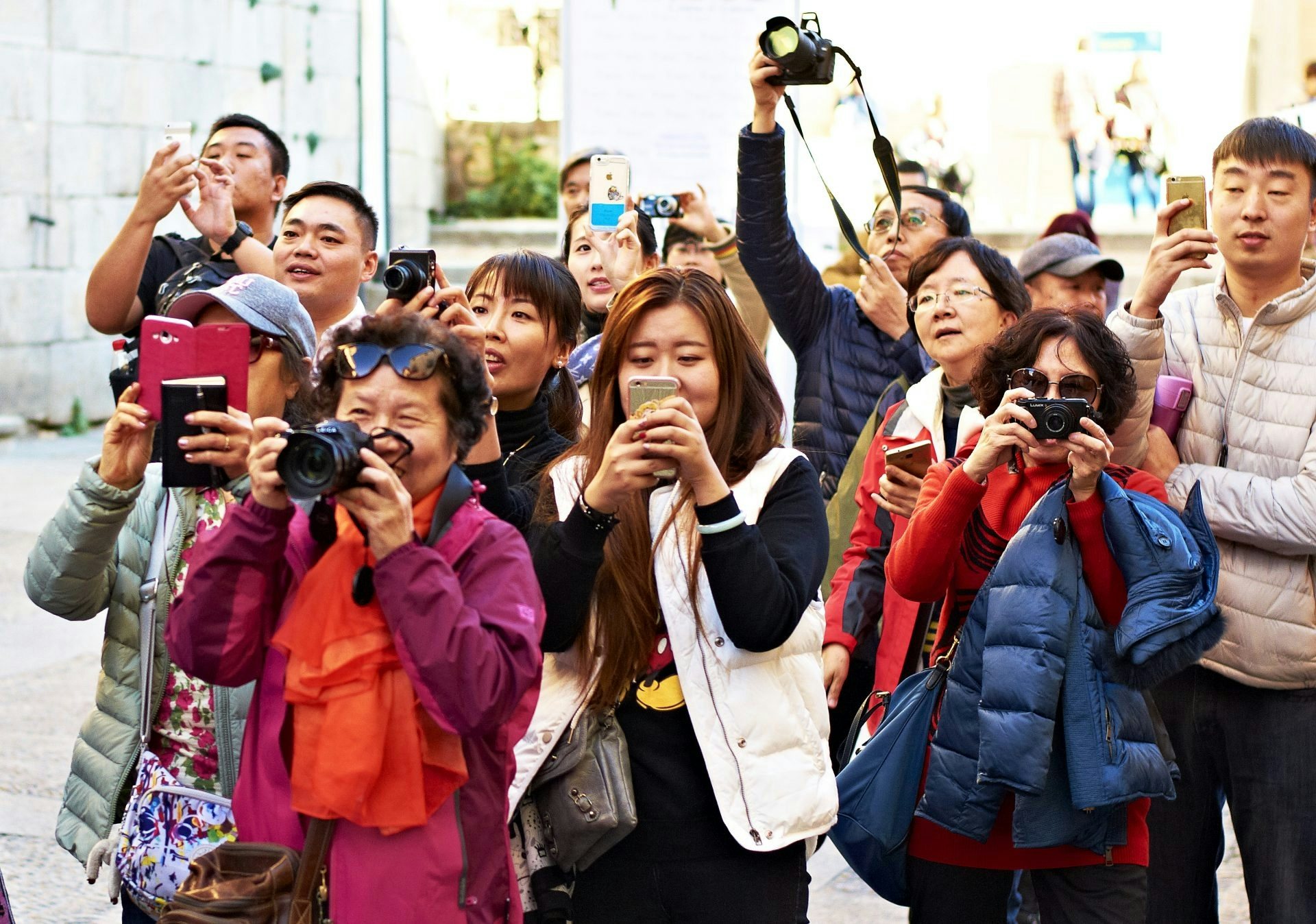While tourism stakeholders around the world may be scrambling to get a piece of the Chinese tourism pie, media attention often highlights the poor behavior of some Chinese tourists overseas rather than the positive economic impact of Chinese tourism. However, claims of rude behavior by Chinese tourists are not unfounded, and the Chinese government has made efforts to improve the image of Chinese people projected by its millions of tourists in overseas destinations—most famously by introducing a blacklist for tourists who have proven to behave exceptionally poorly. To get to the bottom of how Chinese tourist behavior has evolved, China National Tourism Administration, the government body responsible for tourism, conducted a survey to see if there has been any improvement to tourist behavior in recent years.
The survey was conducted in the United States, the United Kingdom, France, Hong Kong, Indonesia, Japan, South Korea, Taiwan, Thailand, and Singapore, interviewing 3,650 people in total about whether they’ve seen an improvement in the behavior of Chinese tourists. While the conclusion drawn from the survey was that Chinese tourist behavior had improved, respondents in only half of the countries surveyed pointed out that they’ve noticed an improvement. Respondents in nearby countries with large numbers of annual Chinese visitors were less impressed with the behavior of their Chinese visitors, with a majority of respondents in Hong Kong, Japan, South Korea, Taiwan, and Thailand noticing no improvement.
Survey respondents were also asked to grade the image they have of Chinese tourist on a scale from one to ten, resulting in an average score of 5.2. Commenting the result, the CNTA stated that “despite there being no difference in how Chinese and overseas interviewees define bad behavior, the overall ranking of Chinese outbound tourists' manners is not that high."
The report also explored the range of poor behaviors among Chinese tourists witnessed by the survey respondents that resulted in their negative appraisal of Chinese tourists. According to the CNTA, the following answers were the most commonly quoted bad behaviors:
- Making a racket in public
- Cutting in line
- Showing no respect for local culture and customs
- Spitting in public places
- Urinating and defecating everywhere
- Littering
- Speaking impolitely
- Taking photos when they are not allowed to
- Smoking in public places
- Not remaining rational when unsatisfied with services
In an interview with China Daily, Liu Simin of the Chinese Society for Future Studies, said that “in addition to tightening government or industry regulations on this issue, it is also necessary to educate people about good manners from a young age, even starting from kindergarten, which would set solid foundations for education on civilized tourism.”
While survey concludes that there has been a general improvement in the behavior of China’s many international travelers, the improvement appears to have been the most noticeable in destinations with a high proportion of more affluent as well as business travelers such as the U.S., the UK, France, and Singapore. Respondents in neighboring countries with mass market tourism from China, however, were less impressed by how Chinese tourist behavior has developed in recent years.
